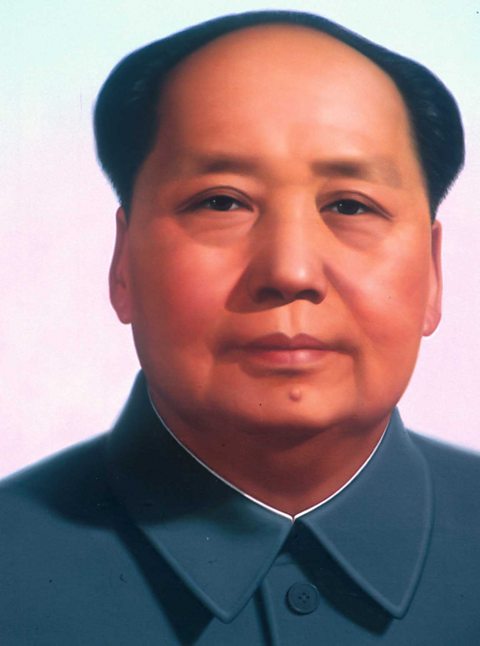Introduction to China

Officially titled the People's Republic of China, China has the highest population of any country on Earth. It has the second largest economy, is a nuclear power and has a permanent seat on the United Nation's Security CouncilA council in the United Nations, made up of fifteen member states that is responsible for maintaining international peace and security. . It is also a communist country.
In 1949 under Leader Chairman MaoA Chinese communist revolutionary and founding father of the People's Republic of China., China became a communist country.
The state took control of the factories, businesses, the land etc, on behalf of the people. There was no private ownership. The Communist Party of China (often referred to as the CCP - Chinese Communist Party) took control and the people worked on behalf of the common good. According to Mao, the idea of individual progress at the expense of others was not acceptable.
After his death, China moved away from Mao's version of communism. However, the influence of the CCP within China remains to this day.
Chinese Constitution
The Chinese Constitution outlines the political, social, and moral rights of Chinese citizens and that of other national groups living within China.
Article 33 and Article 4 define the rights to equality and non-discrimination. Article 10 outlines the civil and political rights of citizens.
The people of China have the right to freedom of speech, freedom of the press, freedom of assembly, freedom of association and freedom of procession and demonstration.
In addition to the rights identified in the constitution, there are a number of ÔÇÿfundamental duties of Chinese citizensÔÇÖ outlined in a separate document, produced at the same time as the constitution.
These ÔÇÿdutiesÔÇÖ include following the constitution and safeguarding the unity of the nation. This means that the Chinese state expect no opposition to its rule and therefore, any political rights Chinese citizens have must be practiced in a way that does not oppose the state.